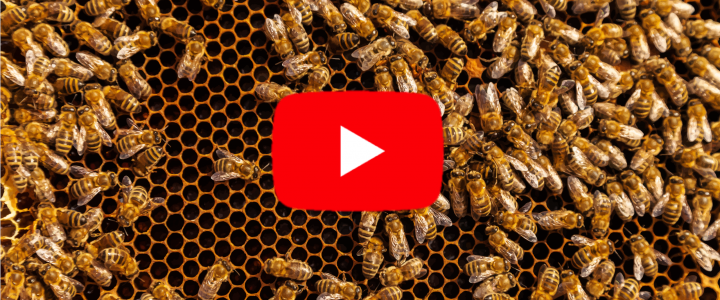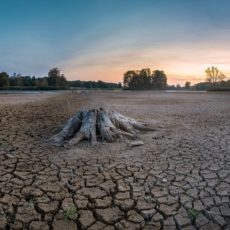
Hurricane season, or as they’re called in other parts of the world: cyclones or typhoons, appear to be getting worse, causing more and more damage and loss of life. In 2020 there were more named storms in the Atlantic basin than ever before. It was only the second time that they ran out of names. There is a set of 6 lists, each containing 21 names for each Tropical Cyclone basin, on rotation year to year. If a storm has been especially destructive and/or costly, the name will be retired from the list, like Katrina, Sandy, Harvey, Irma…and one would expect the same fate could meet Ida also. From 1998 there have only been 3 years which haven’t required a name to be struck from the list.
There might not be scientific consensus on the frequency of destructive storms increasing across the globe, but there is widespread agreement that the intensity of storms is increasing. A 2019 study confirmed that there has been increasing intensification of these storms; a paper from 2020 finds that cyclones reaching at least category 3 have increased in the last 40 years; and the IPCC AR6 also confirm, with medium to high level of confidence, that the increased intensities will continue into the future. Even research from 2005 found more hurricanes reaching category 4 and 5 in the 15 year period leading up to 2005, than the 15 year period before that.
So we have questionable increase in frequency, certain increase in ferocity, and a link between intensity and human activity/greenhouse gas emissions. But how? What is it exactly which causes these storms? Tune in to find out!



